You come from tennis, squash or another racquet sport and you have trouble putting the ball in the field without being attacked by your opponents? By simply opening your sieve, you may have the solution.
Let’s try to give you some advice that you may never have thought of but which can make a difference for players new to the game. padel or among all those snowshoe athletes who fell in love with this discipline: the opening of the sieve.
What is the sieve?
The sieve or striking surface is that part of the pala that is made up of holes. This face is the place of impact with the ball. Depending on the characteristics of your pala, the strike will be more effective on the upper part of the sieve, in the center, or more towards the handle. This striking surface will allow us to give effects: sliced, topspin, brushed or neutral (flat).
The preparation
When we learn to play padel, we are told about preparation, the first important step which allows us to be well placed and to play the ball in the best conditions. Everyone can prepare in a different way, which is what makes the sport so rich, as long as the ball enters the field.
But some times, you may have a correct preparation, being comfortable with your pala and with your strike, the balls do not fit. It could well come from the end of the gesture.
The end of gesture
This end of gesture is often difficult to visualize in the players. You will often hear your instructor say to you “go with the ball”, or “finish your move”, the goal being to teach you to relax your arm and wrist so that your shot is clear.
But despite all your efforts on this end of movement, the balls do not pass the net. It might be time to look on the side of the sieve opening.
This problem is most frequent on the forehand from the baseline and out of the window. Many players have a tendency, after impact with the ball, to “close” their screen, pointing it towards the ground; a kind of topspin effect after impact. Often, this end of movement makes you lose control: either the ball goes into the net, or into the window, or even worse, it allows an aggressive volley from our opponents or a too important rebound on the back window.
So… what to do?
The solution would be to direct your sieve always towards the sky during your strike. The preparation, short, the strike and the end of the gesture, also short. So be careful, pointing your pala towards the sky does not mean adopting the position of the egg in the pan, no. The idea is to place the pala in a position perpendicular to the ground and never tilt it below this limit.
Just thinking about it will allow you to have a flat, neutral and ineffective strike, but above all to avoid loss of control after impact.
So take the test and you will see that it is effective with direct forehands, but also and above all with window exits. And the faster the ball arrives, the easier it is; crazy isn't it?
Julien Bondia is a teacher of padel in Tenerife (Spain). Columnist and advisor, he helps you play better through his tutorials and tactical/technical articles padel.




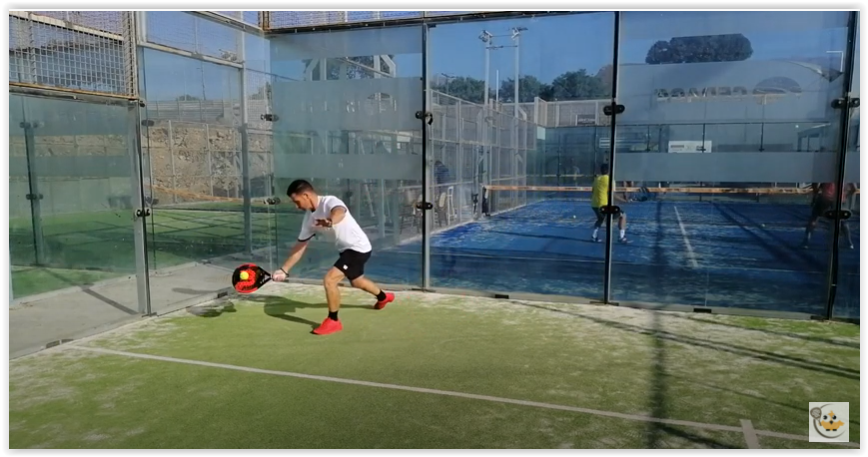














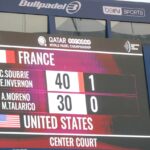

















































































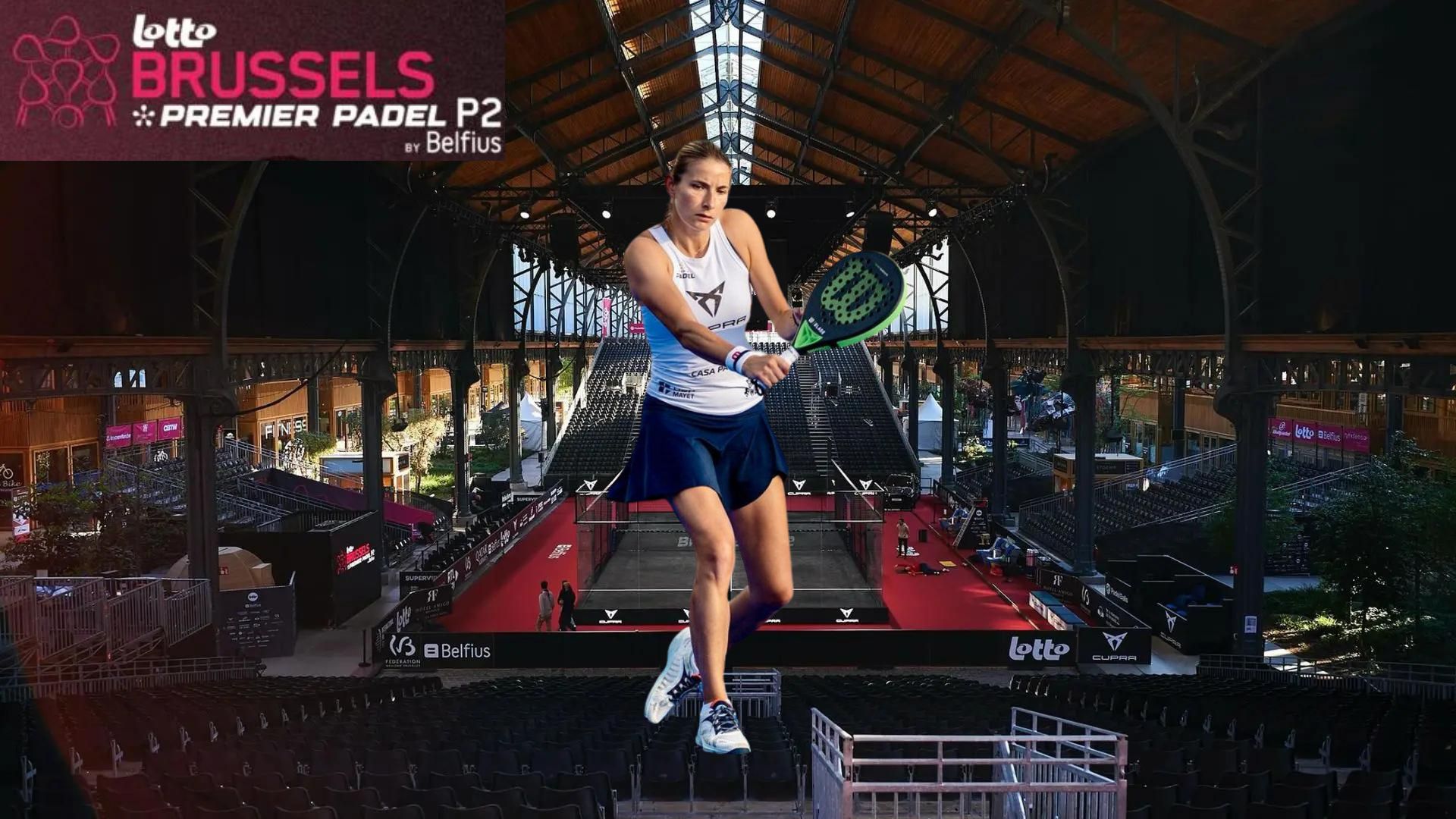 Premier Padel Brussels P2 – Alix Collombon qualified for the second round
Premier Padel Brussels P2 – Alix Collombon qualified for the second round Nallé Grinda: “Democratize the padel in the USA with PadelX "
Nallé Grinda: “Democratize the padel in the USA with PadelX " The score at padel : manual
The score at padel : manual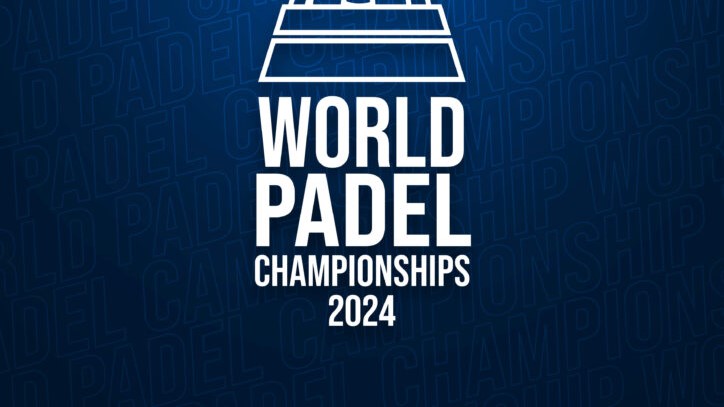 The location chosen for the 2024 World Cup announced at the end of the month!
The location chosen for the 2024 World Cup announced at the end of the month!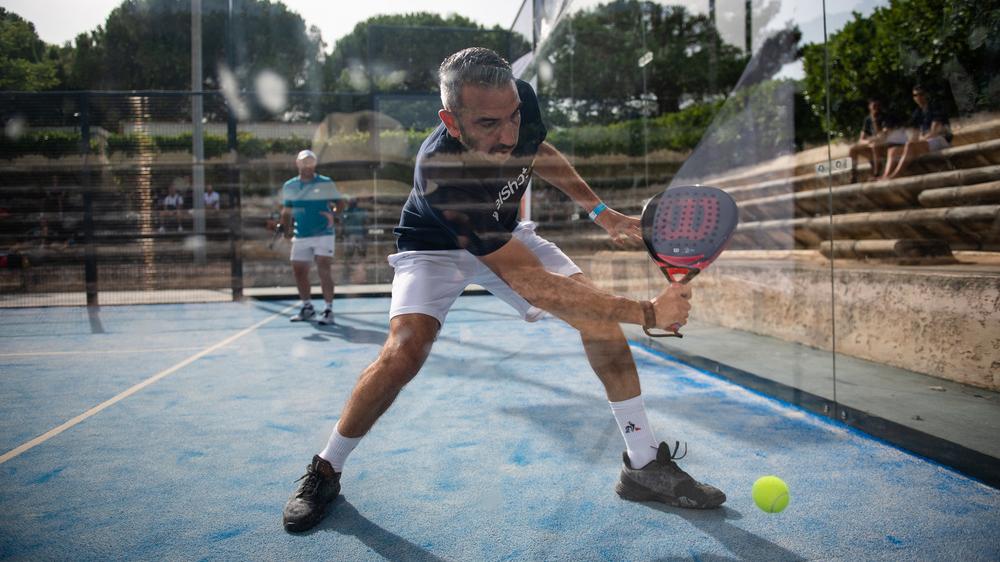 Simon Boissé: “We know that there are two nations in front of us”
Simon Boissé: “We know that there are two nations in front of us” Marie Maligo: “This period of frequent changes of partners was beneficial for me”
Marie Maligo: “This period of frequent changes of partners was beneficial for me”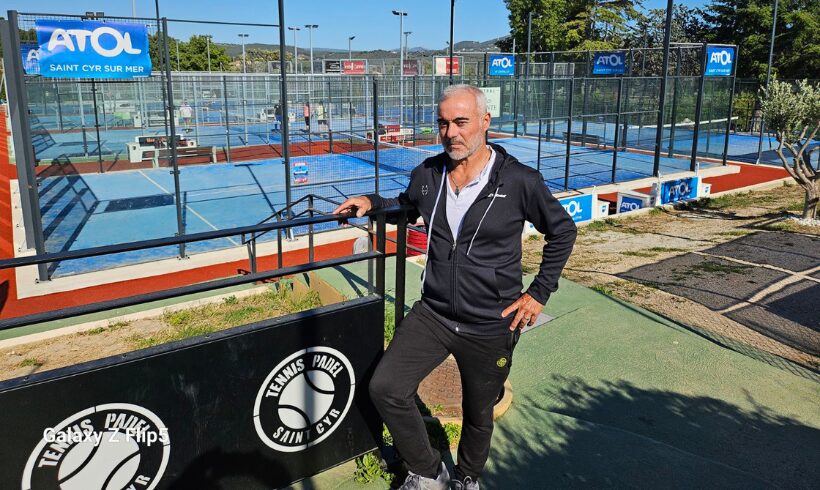 Alain Idier: “Adding tracks of padel, without sacrificing tennis”
Alain Idier: “Adding tracks of padel, without sacrificing tennis”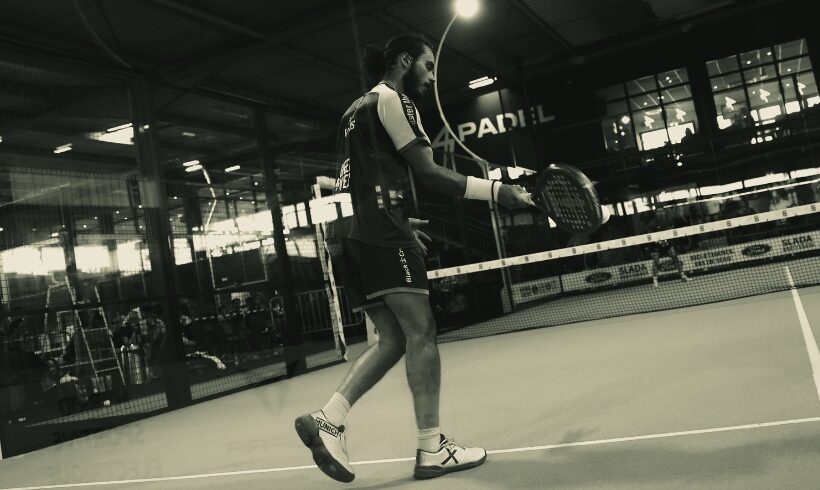 Manuel Vives: “It’s extremely difficult to get by financially”
Manuel Vives: “It’s extremely difficult to get by financially” Padel Score comes to Tahiti for American Express Padel Cup!
Padel Score comes to Tahiti for American Express Padel Cup!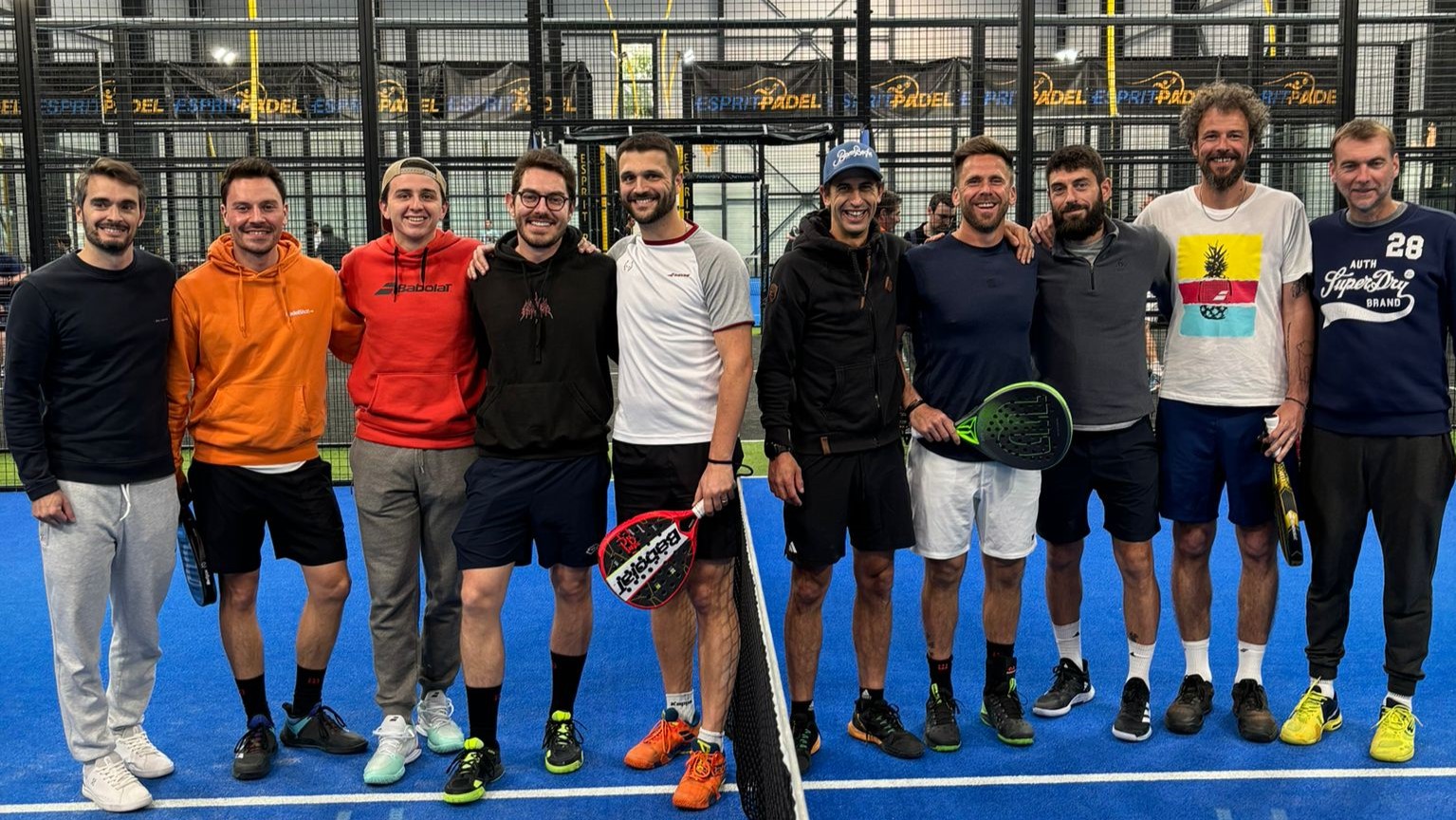 Mind Padel Lyon and the Auvergne Rhône-Alpes League innovate with team tournaments
Mind Padel Lyon and the Auvergne Rhône-Alpes League innovate with team tournaments Simon Boissé: “We know that there are two nations in front of us”
Simon Boissé: “We know that there are two nations in front of us”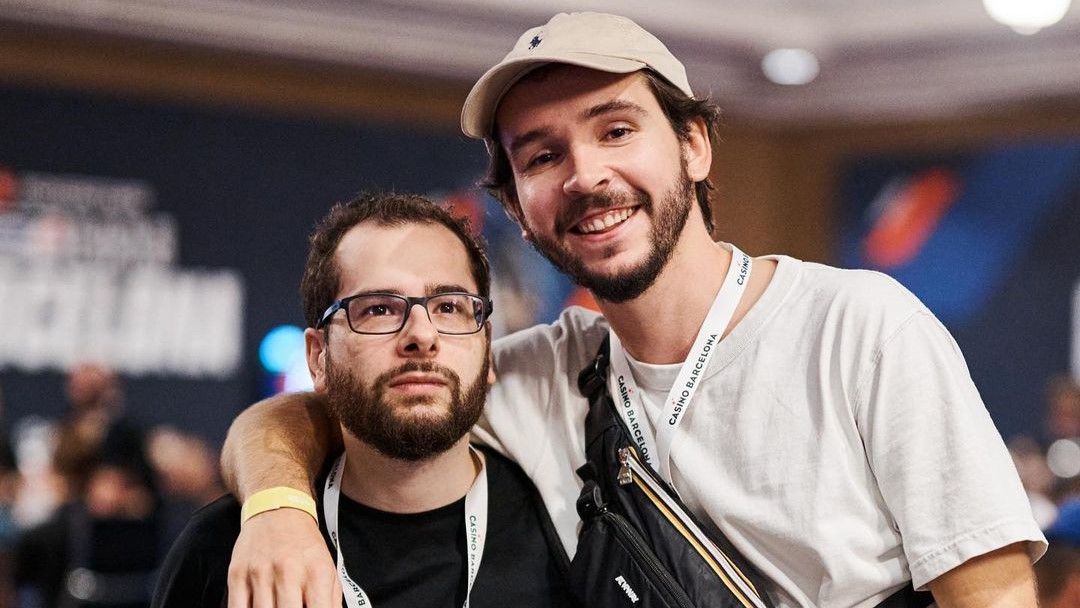 Team PAX (Domingo / Xari) returns to victory
Team PAX (Domingo / Xari) returns to victory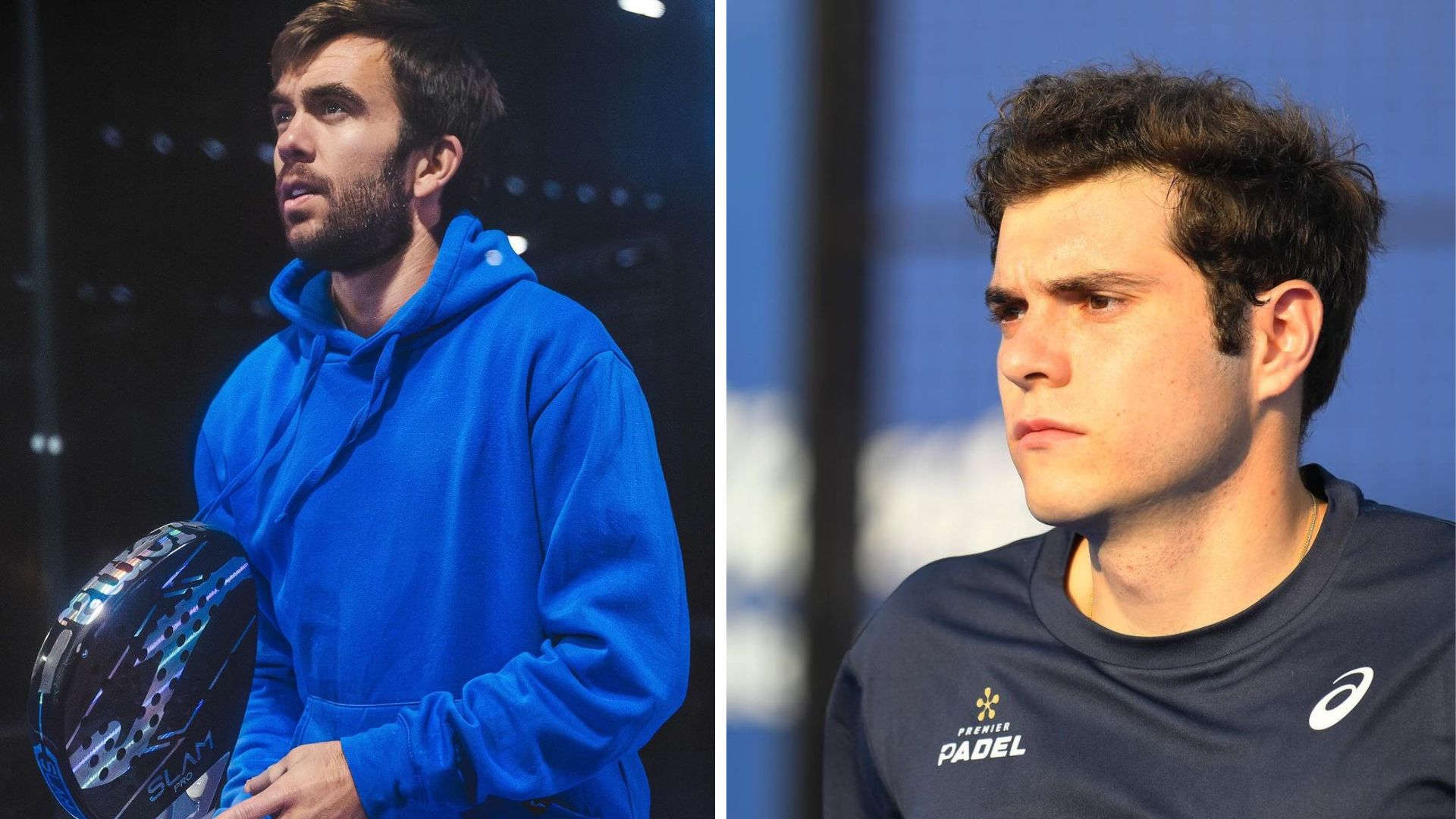 It’s off to a bad start for Pincho Fernandez and Javier Barahona…
It’s off to a bad start for Pincho Fernandez and Javier Barahona… Do you know the Rafa Nadal Academy Tour?
Do you know the Rafa Nadal Academy Tour? Play at padel on his yacht? Possible for €233.000!
Play at padel on his yacht? Possible for €233.000!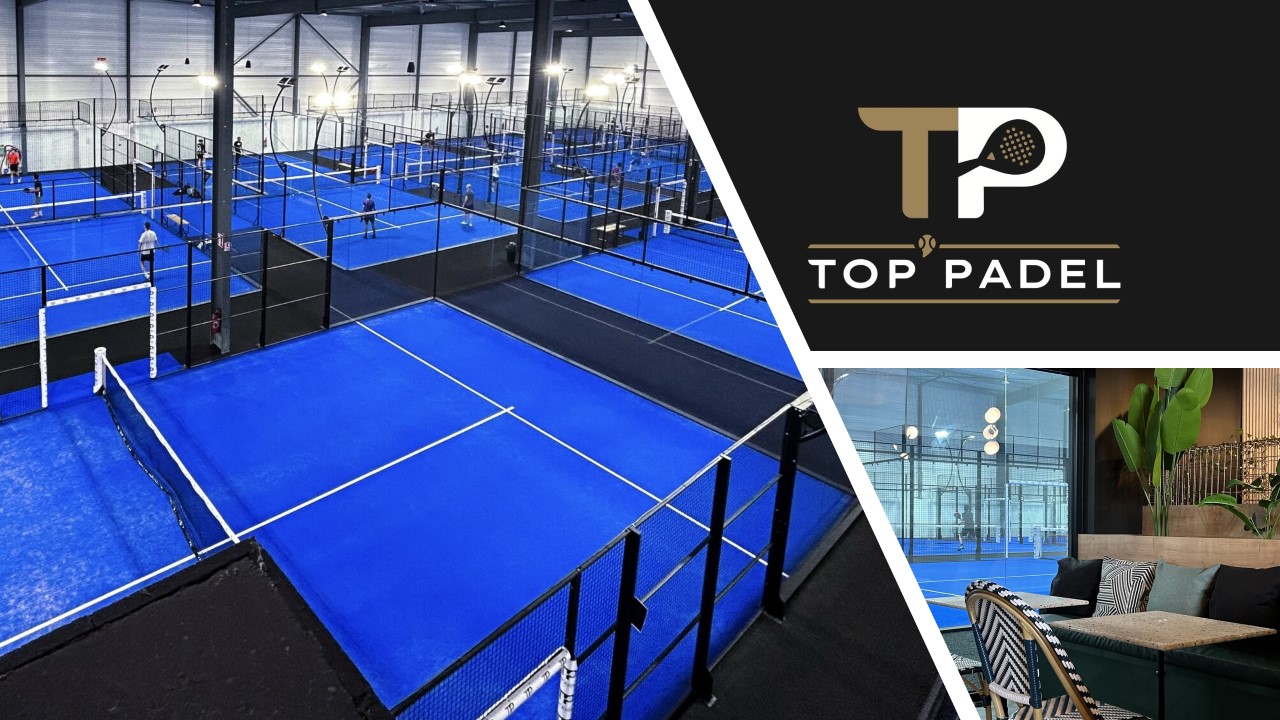 TOP Padel : “A premium club with 10 slopes in Toulouse”
TOP Padel : “A premium club with 10 slopes in Toulouse” Our Top 10 training courses padel in France and Europe
Our Top 10 training courses padel in France and Europe At the heart of padel – Episode 25: Paul and Andoni answer your questions
At the heart of padel – Episode 25: Paul and Andoni answer your questions Tactical padel – What to do when faced with players who systematically stay at the bottom?
Tactical padel – What to do when faced with players who systematically stay at the bottom? The basic tactics of padel
The basic tactics of padel At the heart of padel – Episode 25: Paul and Andoni answer your questions
At the heart of padel – Episode 25: Paul and Andoni answer your questions At the heart of padel – Episode 23: defend the window well
At the heart of padel – Episode 23: defend the window well Prohibition on playing topless Padel : the reasons
Prohibition on playing topless Padel : the reasons FIP Tour – Going far from Europe, THE strategy to earn points!
FIP Tour – Going far from Europe, THE strategy to earn points! What is a good football player? padel ?
What is a good football player? padel ? “Lefties give me headaches when I play against them!”
“Lefties give me headaches when I play against them!” At the heart of padel – Episode 14: how to earn points in winter?
At the heart of padel – Episode 14: how to earn points in winter? A par 4 is always a winner...even if you manage to defend it!
A par 4 is always a winner...even if you manage to defend it! Carbon fiber VS fiberglass: what to choose?
Carbon fiber VS fiberglass: what to choose? How to effectively test a racket padel ?
How to effectively test a racket padel ? La padel to fight Parkinson's disease
La padel to fight Parkinson's disease Don't play with a cracked or broken racket, your body will thank you!
Don't play with a cracked or broken racket, your body will thank you! Michel Cymes: “The padel, physically, it’s serious!”
Michel Cymes: “The padel, physically, it’s serious!” Jeremy Gala: “Promote the padel among young people in Belgium remains a challenge”
Jeremy Gala: “Promote the padel among young people in Belgium remains a challenge” The French Touch Academy organizes its selection day Padel-Study
The French Touch Academy organizes its selection day Padel-Study Report on the detection and training of younger generations
Report on the detection and training of younger generations